Driver’s education once felt carved in stone. Instructors barked out rules, and we followed without question. The funny thing is that many of those rules no longer make sense, thanks to changes in car design, road conditions, and even driving laws. What was once gospel is now either outdated, unnecessary, or just plain unsafe. Here are 13 rules you probably remember that are now firmly stuck in the past.
Hands at Ten and Two
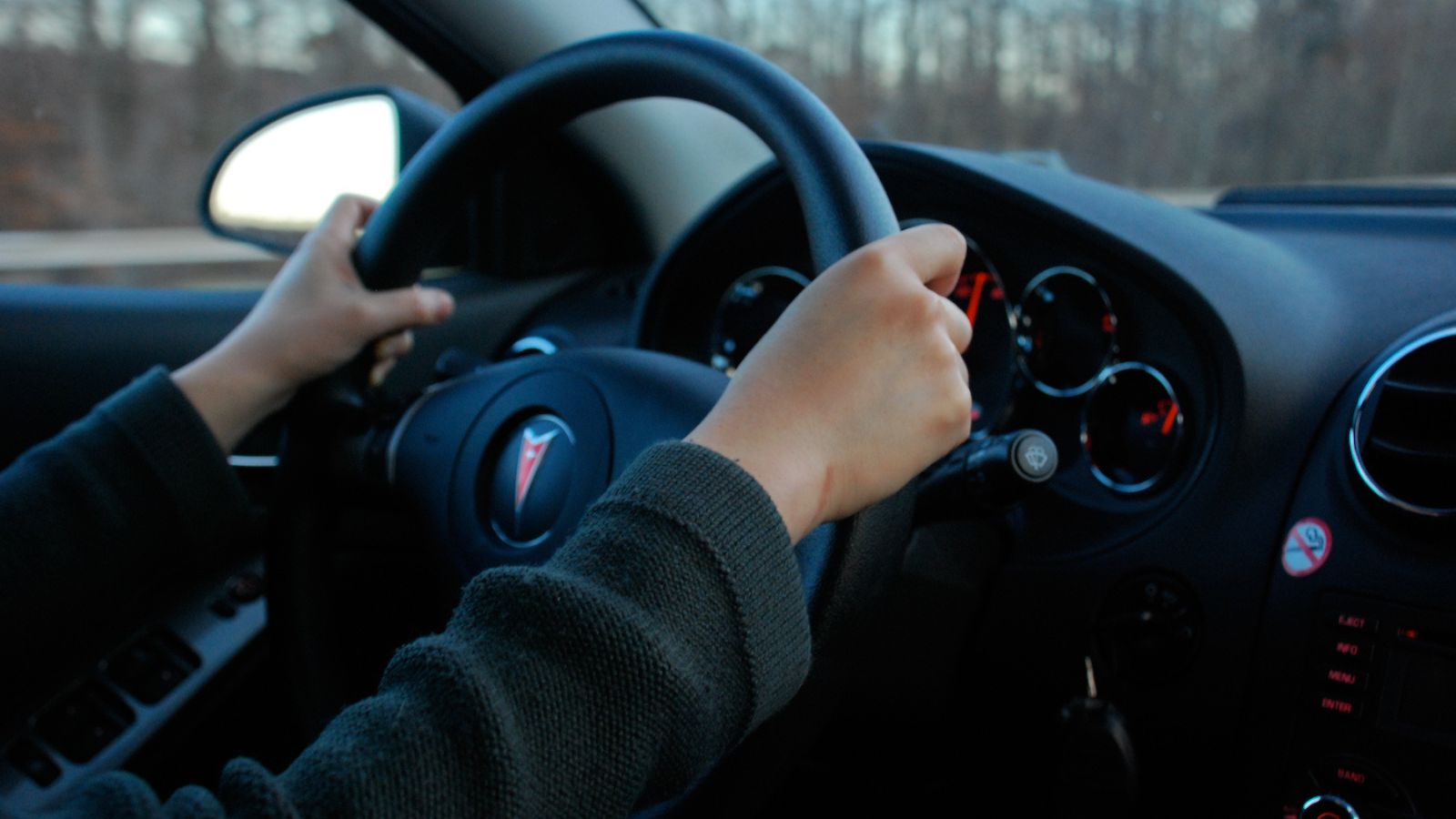
The ten and two steering wheel position was preached for decades as the safest way to hold the wheel. That rule was born in an era before airbags and thick steering wheels. Today, holding that high can lead to serious wrist or arm injuries if an airbag deploys. Modern driver education recommends nine and three instead, giving better leverage, balance, and safety in emergency maneuvers. Some instructors even promote eight and four for longer trips, reducing fatigue while still keeping control.
Always Use the Handbrake When Parking
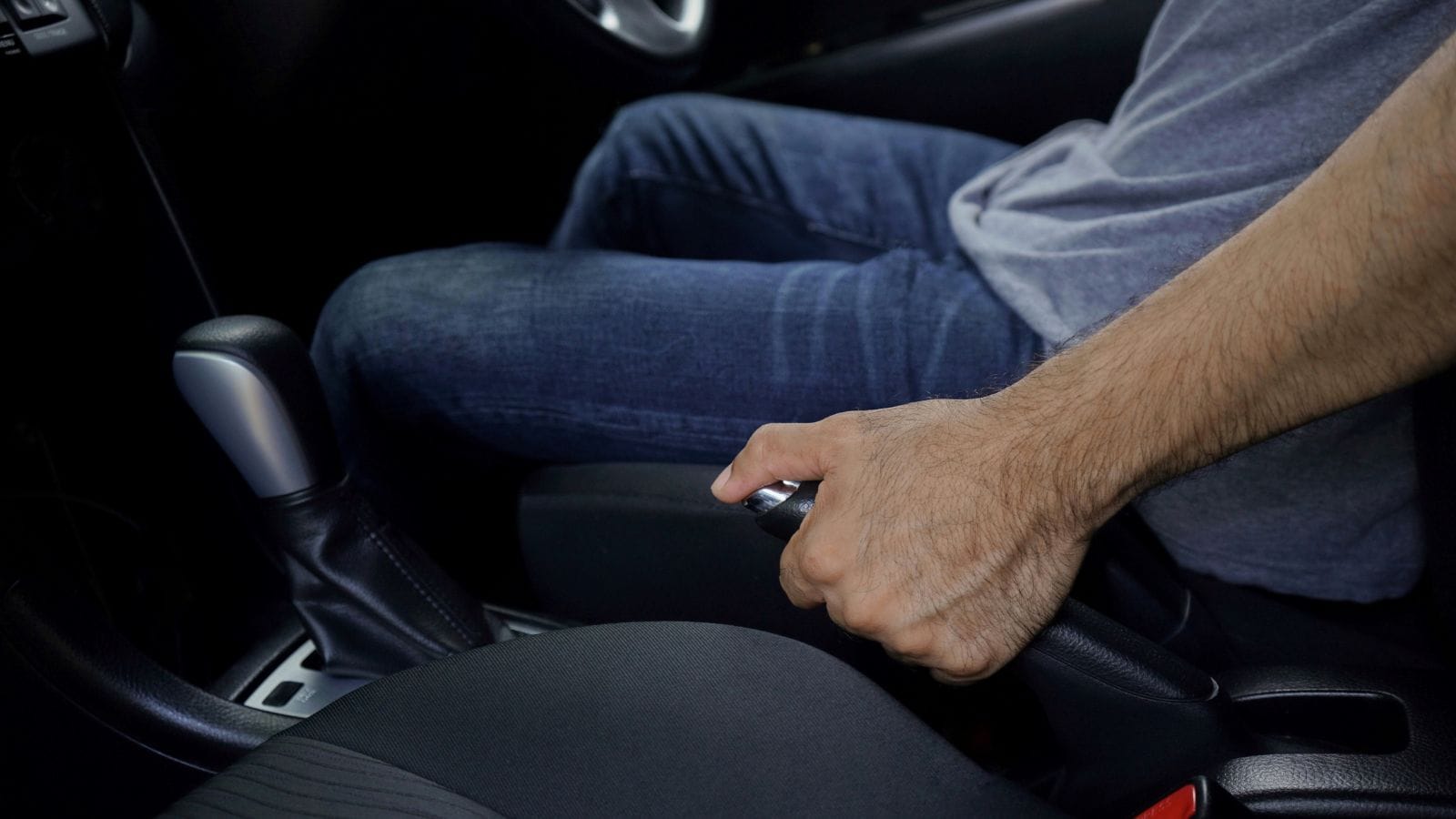
Generations of drivers yanked the handbrake every time they parked, no matter the situation. This was essential in the days of weaker parking pawls and rolling risk on slopes. Now, electronic parking brakes are standard in most cars, automatically activating when the engine is turned off. Many vehicles don’t even have a lever anymore. That makes the old habit unnecessary and in some cases impossible. Still, some enthusiasts miss the traditional handbrake for the fun of controlled slides in winter.
Pump the Brakes in an Emergency

Before anti lock braking systems became common in the 1990s, pumping the brakes in a skid was a survival skill. Cars without computer assistance would lock up their tires, leaving the driver helpless. Pumping created a crude version of control. Today, ABS pulses brakes far faster and more effectively than any human could. Pumping modern brakes actually reduces stopping efficiency. The correct move now is to apply firm, steady pressure and let the electronics handle the panic stop.
Keep the Windows Down for Fresh Air
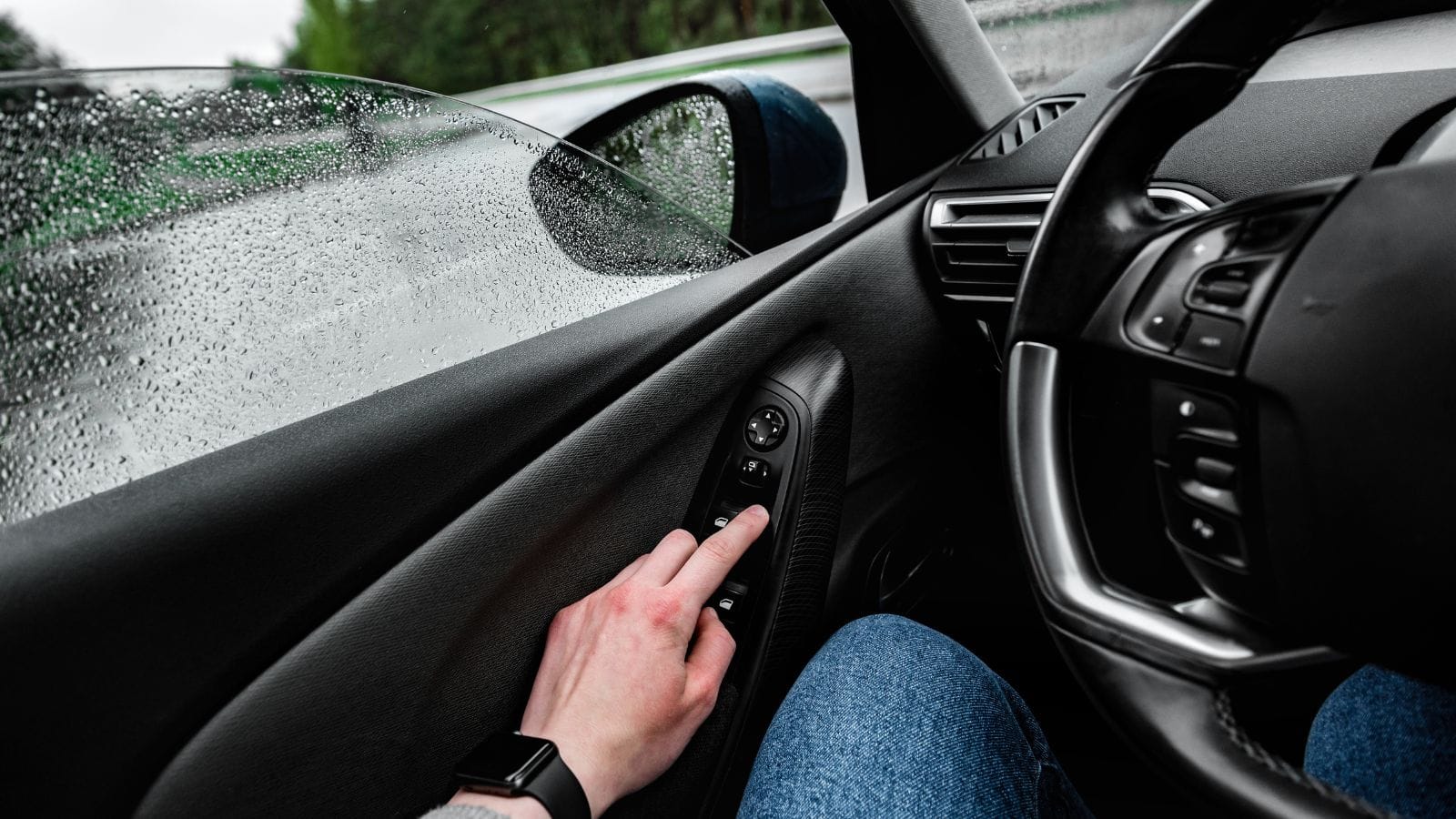
Cracking a window for ventilation or fog clearing was once taught as standard. Older heating and defrost systems were weak, so a little airflow kept the glass clear. Modern climate control systems now do this automatically with far greater precision. Advanced defoggers, cabin filters, and air conditioning eliminate the need to juggle window positions. In fact, opening windows today increases drag, reduces efficiency, and creates extra noise. It is no surprise most drivers rely on climate control buttons instead of window cranks.
Warm Up the Engine Before Driving
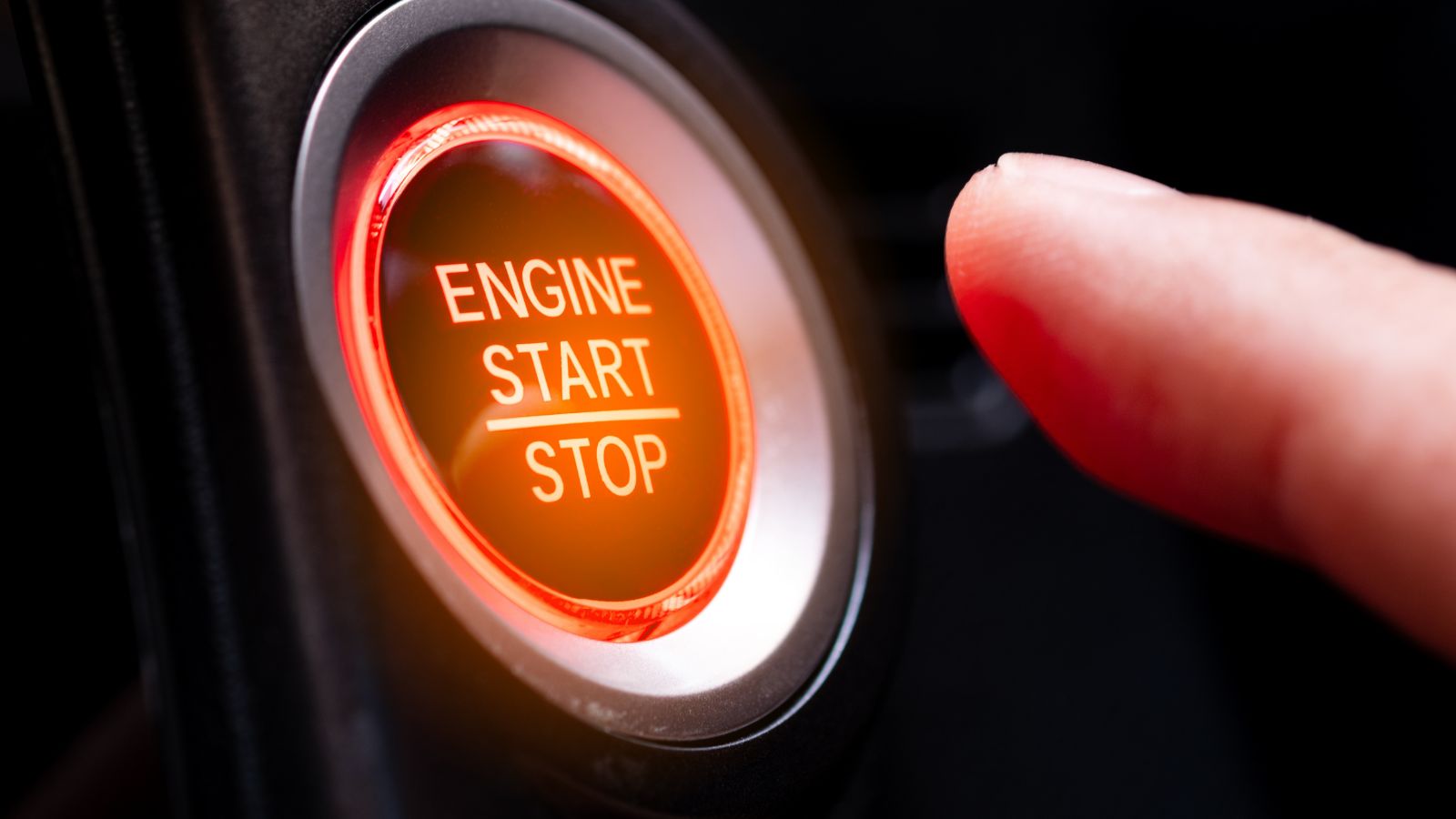
In the carburetor days, engines needed several minutes of idling to circulate oil and stabilize fuel mixtures. Skipping this step could mean stalling or poor performance. Today’s fuel injected engines fire up instantly and circulate oil in seconds. Prolonged idling wastes fuel, produces emissions, and offers no benefit. The best way to warm a car in cold weather is to drive gently for the first few miles. Modern oils are designed to handle immediate operation, even in freezing conditions.
Stay Two Car Lengths Behind
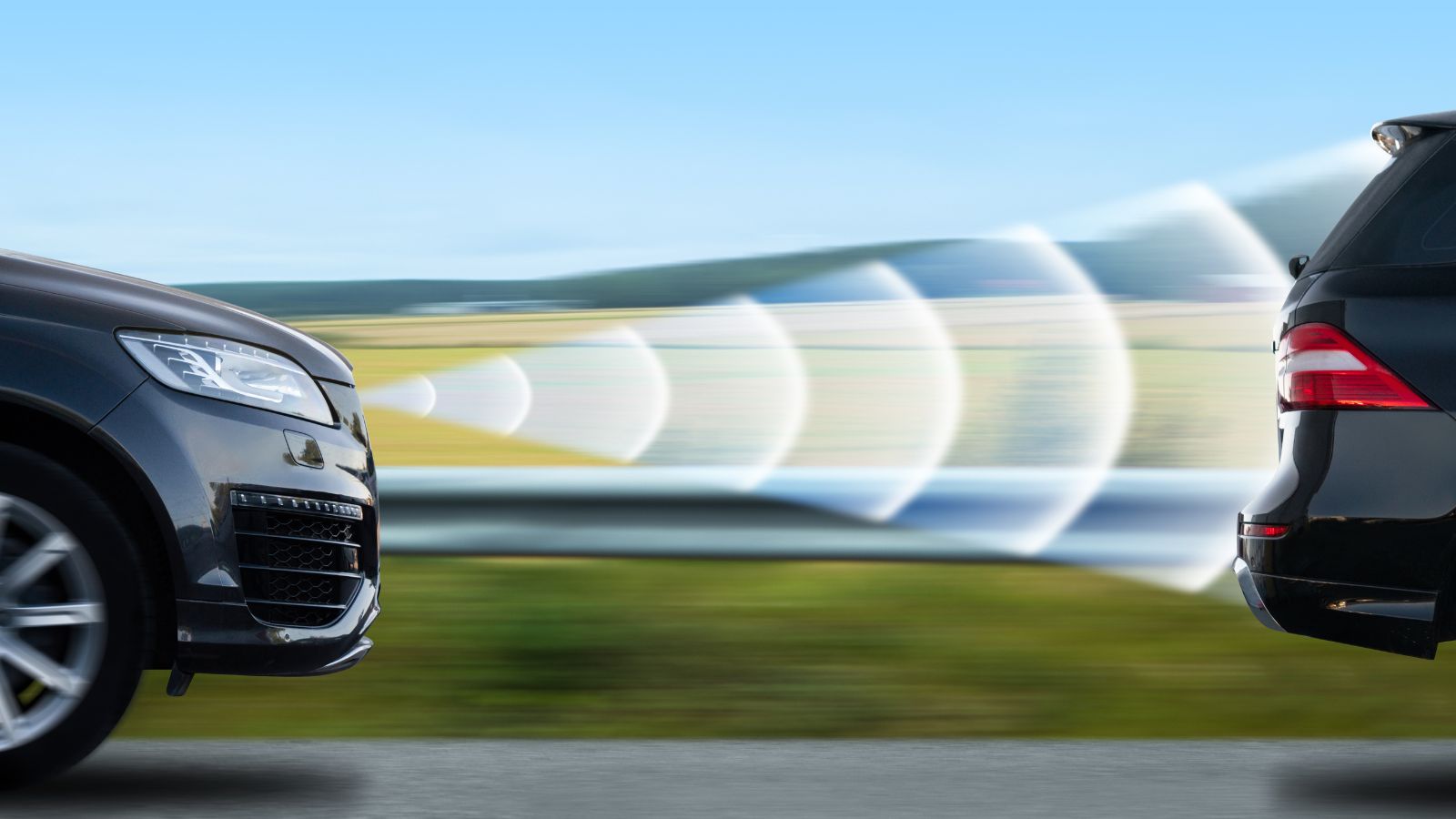
The old spacing rule was easy to teach but dangerously imprecise. Two car lengths on a highway at 100 km per hour leaves almost no reaction time. Traffic authorities now use the time based rule of three to four seconds of following distance. It automatically scales with speed and is much safer. Advanced driver assist systems like adaptive cruise control now enforce spacing automatically, making the old “two car length” advice an antique from simpler times.
Keep Your Hands Off the Radio
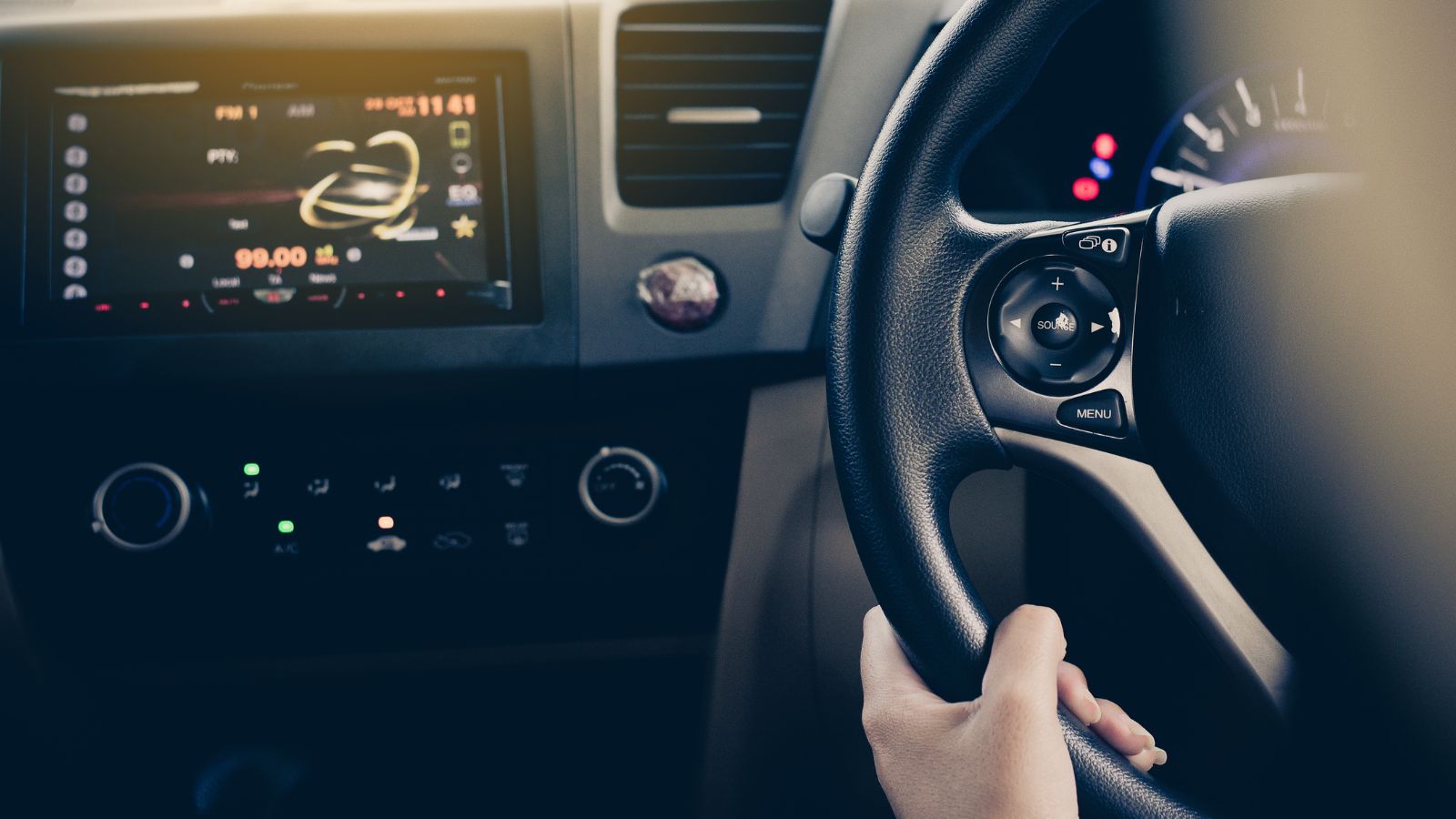
Teachers once warned against adjusting radios, treating it as a dangerous distraction. Ironically, modern cars are filled with bigger distractions. From touchscreens to phone connections, adjusting settings is inevitable. The difference is that today’s cars integrate controls into steering wheels, head up displays, and voice systems. It is less about never touching the radio and more about using built in tools responsibly. The original rule has shifted into a broader message about managing attention while driving.
Do Not Use Cruise Control in the Rain
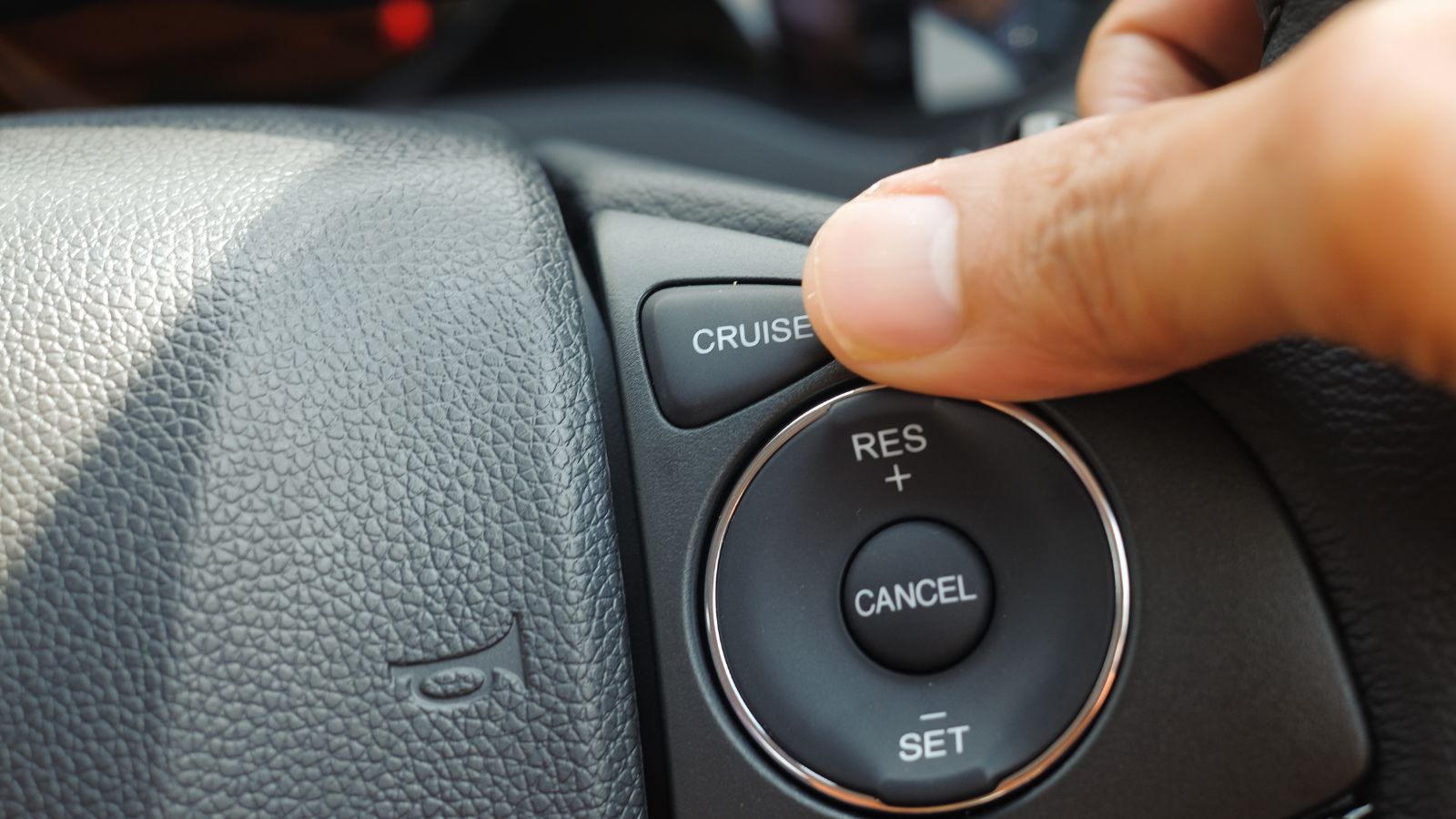
Early cruise control systems simply held the throttle, regardless of traction. On wet roads this could cause sudden wheel spin, so instructors warned against using it. Now, adaptive cruise systems are paired with stability control, traction sensors, and even radar to prevent accidents. They can adjust speed smoothly even in poor weather. While cautious drivers may still switch it off, the old blanket ban no longer applies. In fact, some systems are designed for safe use in all conditions.
Keep Maps in the Glove Box

Every glove box once had a pile of folded road maps, usually outdated and impossible to refold correctly. Today, GPS and smartphones have made paper maps nearly extinct. Navigation updates arrive wirelessly, real time traffic reroutes are automatic, and voice commands prevent fumbling. While some old school drivers still keep an atlas for emergencies, younger drivers have never opened one. The rule to keep maps handy is now more nostalgia than necessity.
Adjust Your Mirrors to See the Side of Your Car
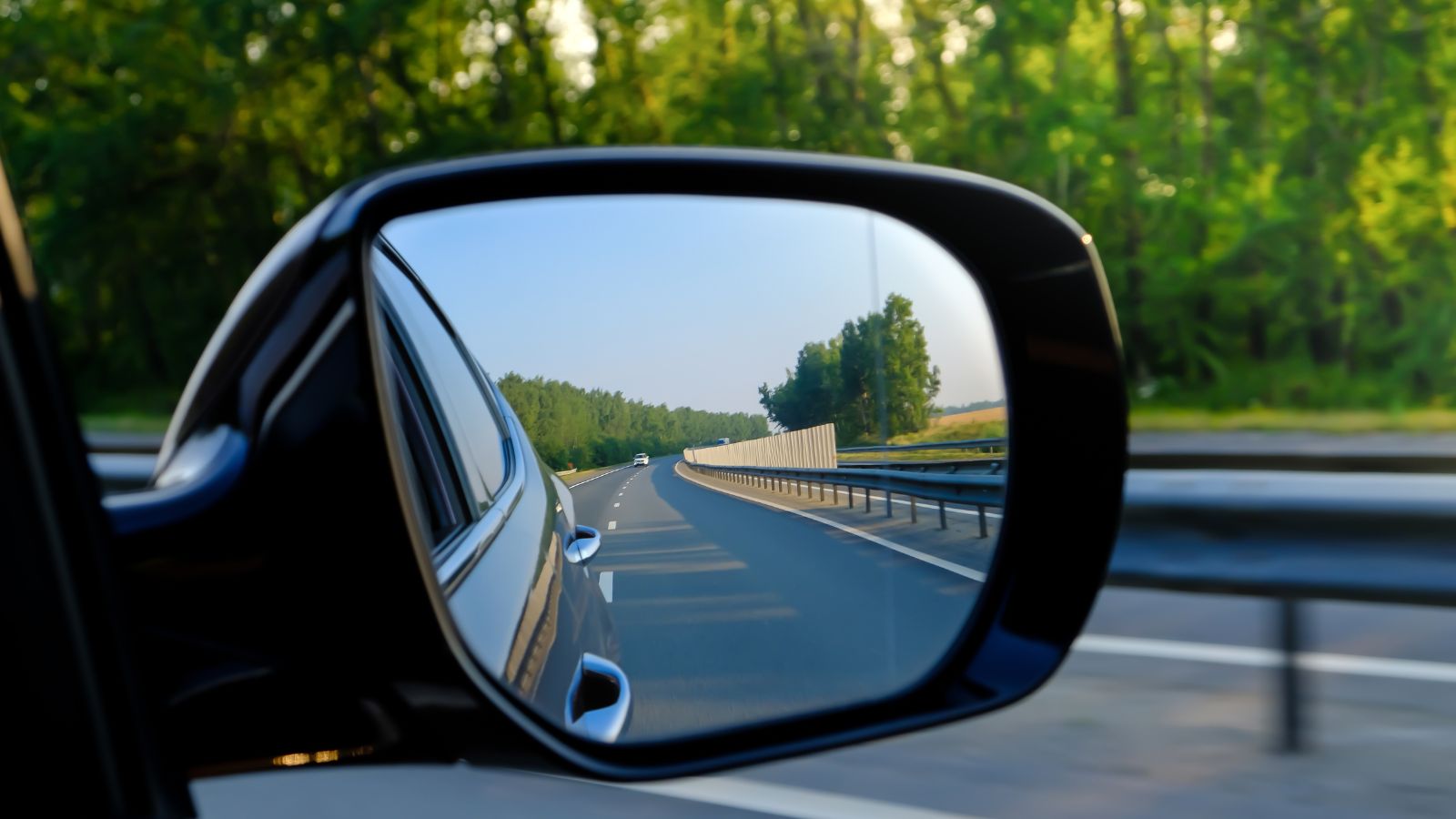
Older instructors wanted drivers to keep the edge of their car visible in side mirrors, thinking it helped with orientation. That left huge blind spots. Today, mirrors are set wider, overlapping with the rearview to nearly eliminate blind zones. Modern blind spot monitoring adds another safety net. The old approach is outdated and in some cases dangerous. Seeing your own car door in the mirror might give comfort, but it sacrifices valuable visibility of the world around you.
Hold the Clutch Down at a Stop
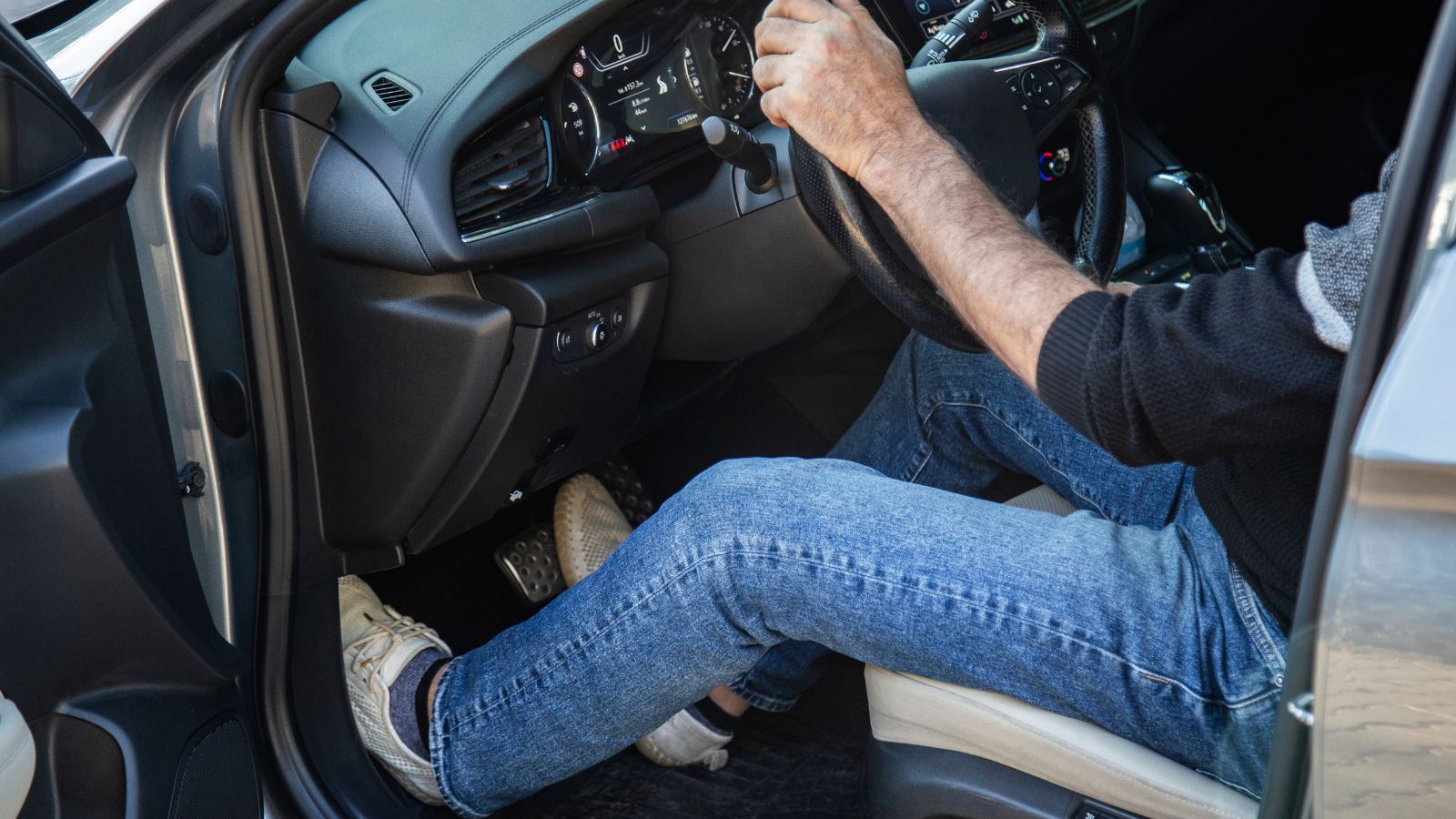
Manual transmission drivers were often told to keep the clutch pressed at red lights, ready to move instantly. Over time, this habit causes unnecessary wear on clutch components. Modern teaching recommends shifting to neutral and resting the foot, then engaging only when ready to move. Hydraulic clutches and stronger components make holding the pedal less damaging, but it is still bad practice. Many new manuals even come with hill hold assist, removing the last excuse for the old method.
Signal Only When Other Cars Are Around

Some drivers were taught to save signaling for when others could see it. Today, traffic laws are stricter. Turn signals are required regardless of traffic, with fines for failing to use them. With cyclists, pedestrians, and tighter roads, every signal matters. Modern cars even flash indicators automatically for lane changes with a quick tap. The rule of optional signaling has disappeared completely, replaced by constant use as a legal and safety expectation.
Flash Your High Beams to Pass
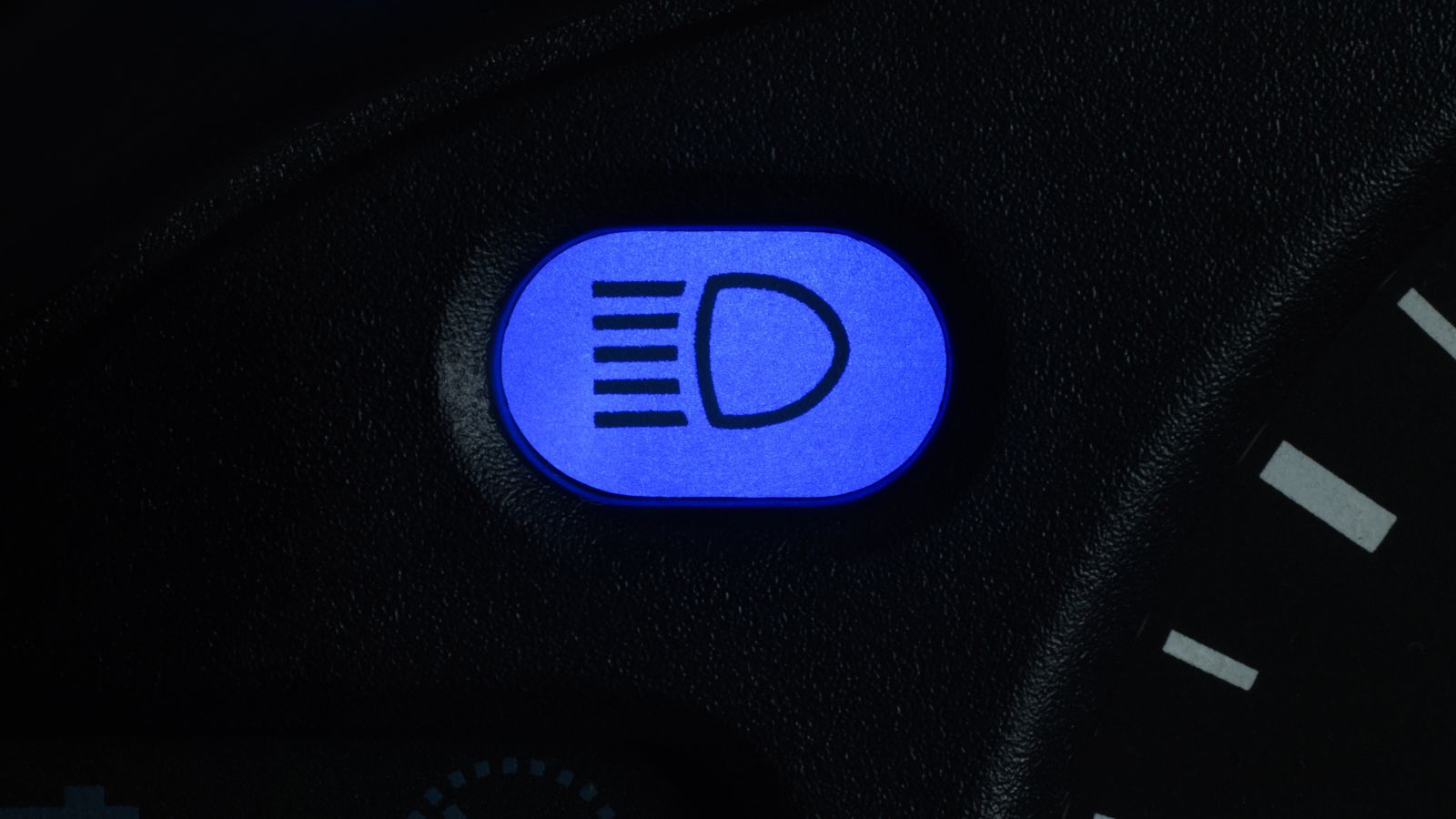
Instructors once encouraged a quick flash of high beams to alert slower traffic on highways. It was considered polite communication. Modern traffic culture has changed. Flashing headlights is now often misread as aggression, intimidation, or road rage. Many states and provinces have even discouraged or penalized the practice. Safer options include signaling a lane change or simply waiting for a clear pass. Headlight flashing is now associated with hostility rather than courtesy.
Modern Rules That Didn’t Exist Before
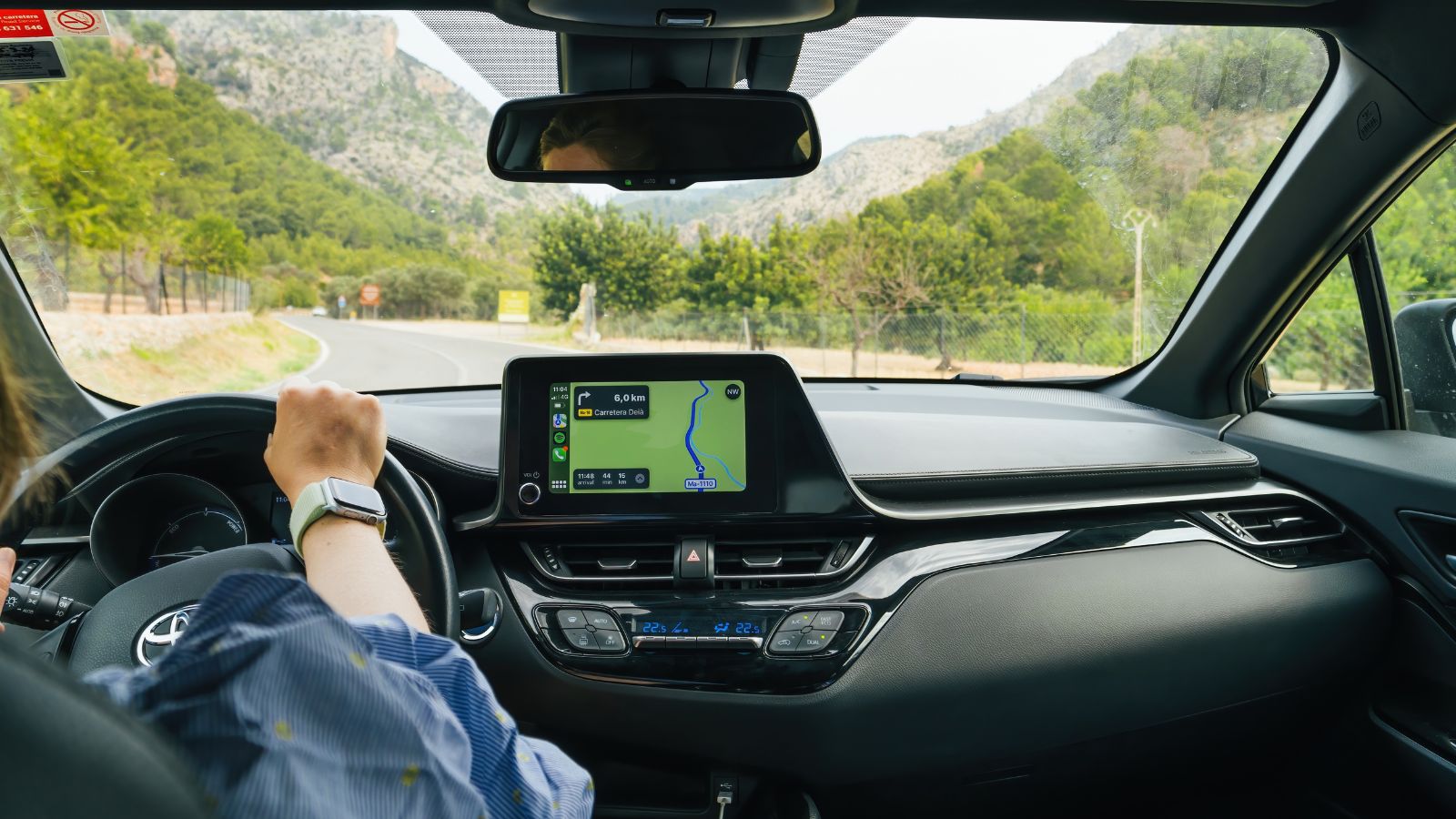
While many old rules are outdated, new ones have emerged that drivers from decades ago never had to follow. Hands free phone laws mean even holding a device can lead to a fine. Lane departure alerts and adaptive safety systems require drivers to understand warning signals unheard of in the 70s. Child car seat laws are far stricter than the past, when kids often rode loose in the back. The road evolves, and with it so do the rules we follow.
25 Facts About Car Loans That Most Drivers Don’t Realize

Car loans are one of the most common ways people fund car purchases. Like any other kind of loan, car loans can have certain features that can be regarded as an advantage or a disadvantage to the borrower. Understanding all essential facts about car loans and how they work to ensure that you get the best deal for your financial situation is essential. Here are 25 shocking facts about car loans that most drivers don’t realize:
25 Facts About Car Loans That Most Drivers Don’t Realize
